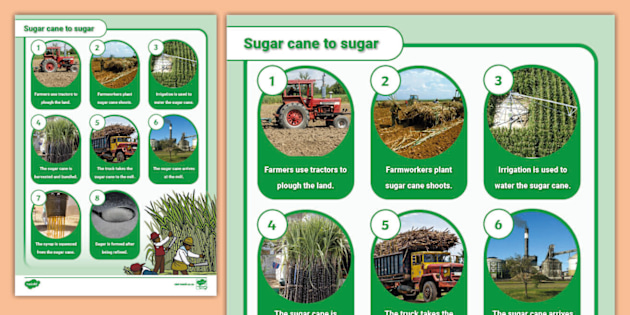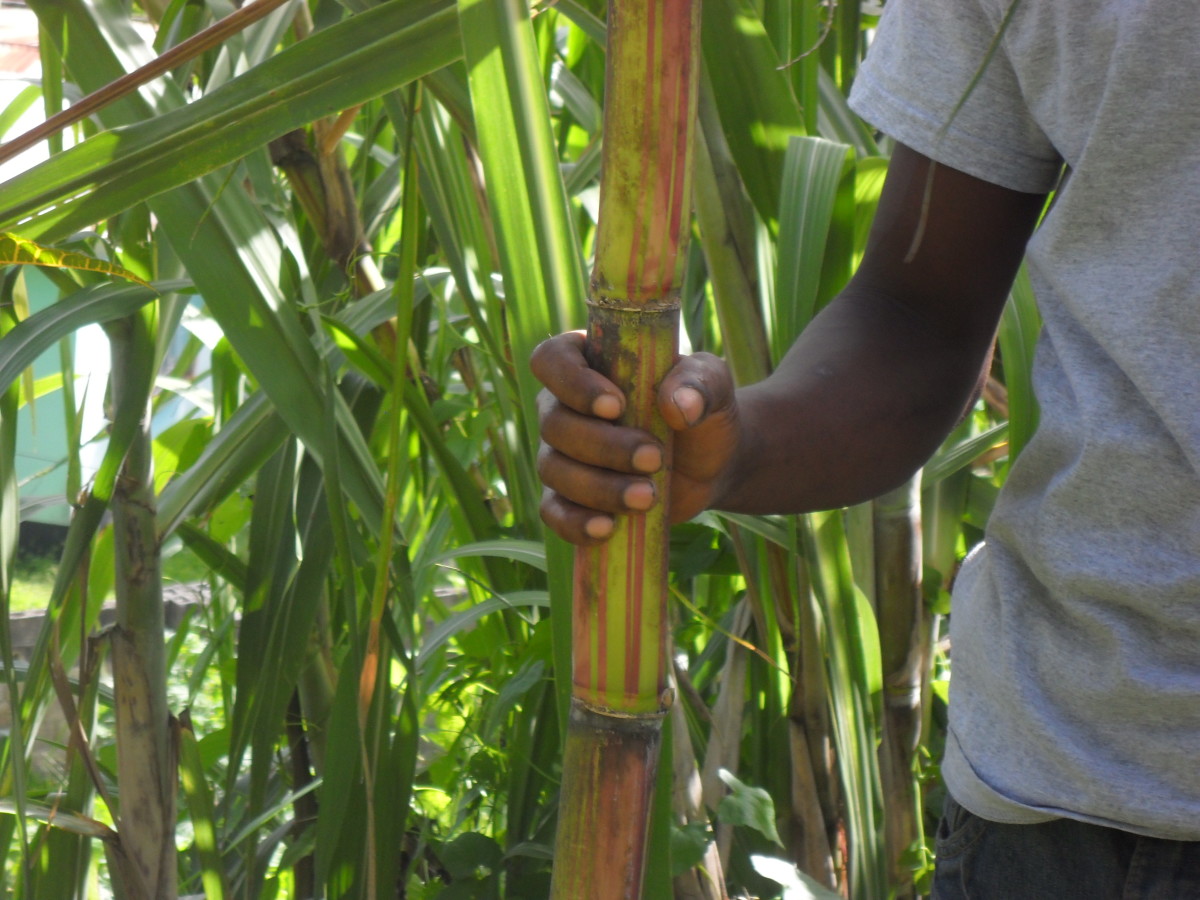Checking Out the Full Line of Process Chemicals: What Are Sugar Canes Utilized For in Production?
Sugar walking canes play an essential role in various producing procedures, acting as a functional resources. Their high sucrose content makes them essential in the food industry, while innovations in biofuels and naturally degradable plastics highlight their possible beyond traditional uses. Furthermore, sugar cane extracts are acquiring acknowledgment in drugs and nutraceuticals for their wellness advantages. The complex applications of sugar canes increase appealing inquiries concerning their future in industrial fields. What opportunities lie ahead?

The Journey of Sugar Walking Cane: From Area to Manufacturing facility
As the sun rises over vast fields, the trip of sugar walking cane begins, marked by thorough farming and harvesting processes. Farmers select optimal selections, ensuring durable growth in suitable climates. Normal watering and nutrient management are essential, advertising healthy stalks rich in sucrose. When fully grown, the walking stick is harvested, often utilizing mechanical cutters that successfully gather the stalks.Once gathered, the sugar cane is transported to processing facilities where it undergoes crushing and cleaning to remove juice. This juice is after that clarified, getting rid of contaminations with sedimentation and purification. The clear fluid is focused by evaporation, and consequently crystallized to create raw sugar.Throughout this journey, quality control is extremely important, guaranteeing that the final product meets sector criteria. The makeover of sugar walking cane into raw sugar highlights a complex interaction of agriculture and production, establishing the stage for its varied applications in different industries.
Biofuels: Harnessing Power From Sugar Cane
A significant part of the globe's biofuel production is stemmed from sugar walking cane, which acts as a renewable energy source. This flexible plant is largely refined to remove sucrose, which can be fermented to generate ethanol. Ethanol derived from sugar cane is not just a clean-burning fuel option yet additionally adds to lowering greenhouse gas emissions compared to standard nonrenewable fuel sources. In countries like Brazil, sugar walking cane biofuel has come to be a significant part of the energy matrix, lowering and powering lorries dependence on imported oil. The growing of sugar cane for biofuels likewise sustains rural economies, providing tasks in farming and handling. Furthermore, the byproducts of sugar cane processing, such as bagasse, are made use of in power generation, more boosting the sustainability of the production cycle. Generally, sugar walking cane biofuels represent an appealing avenue for accomplishing energy self-reliance while fostering environmental stewardship.
Eco-friendly Plastics: The Lasting Solution
What if the option to the global plastic dilemma lies in biodegradable options? Naturally degradable plastics, stemmed from renewable energies such as sugar canes, offer an ingenious strategy to minimizing plastic waste. Unlike standard plastics, which can take centuries to break down, these eco-friendly materials break down naturally, lessening environmental impact.The production of biodegradable plastics involves using sugars from sugar walking canes to create polylactic acid (PLA) and other biopolymers. These materials preserve comparable capability to standard plastics, making them ideal for numerous applications, consisting of product packaging, tools, and agricultural films.As customers and industries change toward sustainability, biodegradable plastics use a compelling choice. They not just minimize dependence on nonrenewable fuel sources however also support a round economic climate by going back to the earth without leaving damaging residues. The increasing need for such materials signifies a considerable step towards addressing journalism demand for even more lasting production remedies in the face of environmental challenges.
Sugar Cane Essences in Nutraceuticals and pharmaceuticals

The Future of Sugar Cane in Industrial Applications
As sectors remain to look for sustainable and eco-friendly resources, sugar walking stick is poised to play a critical role in different industrial applications past its standard usage in sugar production. Its biomass uses a sustainable source for biofuels, minimizing dependence on fossil fuels and adding to reduced carbon discharges. Furthermore, sugar cane's byproducts, such as bagasse and molasses, are being checked out for their capacity in bioplastics and naturally degradable materials, dealing with the expanding need for environmentally friendly packaging solutions.Research is likewise underway to enhance the performance of sugar cane derivatives in different fields, consisting of textiles, cosmetics, and building and construction. By harnessing the special residential or commercial properties of sugar walking cane, producers can create cutting-edge items that align with consumer preferences for sustainability. As modern technology advances, the flexibility of sugar walking stick will likely expand, solidifying its setting as a principal in the change towards a more sustainable industrial landscape.

Regularly Asked Concerns
What Is the Refine of Refining Sugar Walking Cane Into Sugar?
The process of refining sugar walking cane right into sugar includes harvesting, squashing to remove juice, clearing up the juice, vaporizing water, crystallizing sugar, and lastly drying and packaging the refined item for circulation and usage. (What Are Sugar Canes Used For)
Exactly How Does Sugar Walking Cane Influence Citizen Economies?
Sugar walking cane significantly affects local economic situations by developing jobs, improving farming manufacturing, and producing profits with exports. Its cultivation supports little farmers and local companies, fostering community growth and improving general economic stability in sugar-producing regions.
Are There Any Type Of Ecological Concerns With Sugar Walking Stick Farming?
Ecological problems related to sugar walking cane farming include deforestation, soil destruction, browse around these guys water use, and pesticide drainage (What Are Sugar Canes Used For). These problems impact local environments and contribute to environment modification, prompting require even more sustainable farming methods within the industry
What Are the Nutritional Benefits of Sugar Walking Stick?
The nutritional advantages of sugar cane include its abundant web content of minerals, antioxidants, and vitamins. It supplies all-natural power, supports hydration, and may assist digestion, adding favorably to general wellness when consumed in moderation.
How Does Sugar Walking Stick Contrast to Other Plants in Sustainability?
Sugar walking cane shows higher sustainability compared to numerous crops because of its efficient use of land and water resources, capability to generate biofuels, and possibility for carbon sequestration, contributing positively to environmental health and farming methods. When fully grown, the cane is harvested, commonly using mechanical cutters that successfully gather the stalks.Once gathered, the sugar walking cane is transferred to refining centers where it goes through washing and grating to draw out juice. Unlike traditional plastics, which can take centuries to break down, these green products damage down normally, reducing ecological impact.The manufacturing of naturally degradable plastics entails utilizing sugars from sugar walking sticks to develop polylactic acid (PLA) and other biopolymers. Frequently acknowledged for their function in sugar production, sugar cane removes are significantly finding applications in the nutraceutical and pharmaceutical markets. As markets continue to seek lasting and eco-friendly sources, sugar walking stick is poised to play a pivotal duty in numerous commercial applications beyond its conventional use in sugar manufacturing. In addition, sugar walking stick's spin-offs, such as bagasse and molasses, are being explored for their possibility in bioplastics and naturally degradable materials, addressing the expanding demand for environmentally pleasant packaging solutions.Research is also underway to enhance the performance of sugar cane by-products in different fields, including textiles, cosmetics, and building.